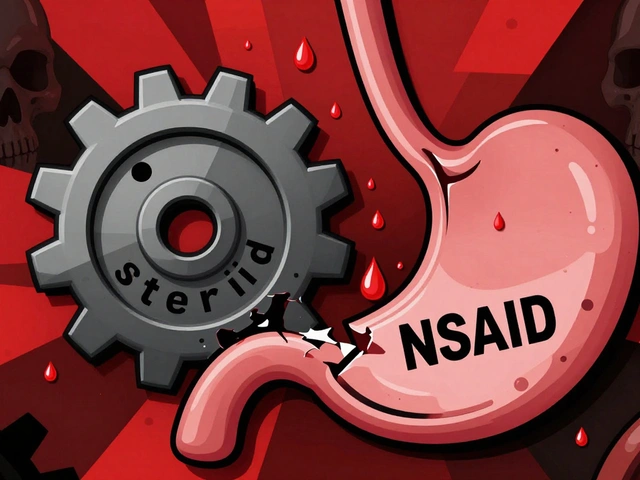Ticagrelor: What It Is, How It Works, and What You Need to Know
When your heart is at risk, ticagrelor, a direct-acting antiplatelet medication that stops blood clots from forming by blocking platelet receptors. Also known as Brilinta, it’s one of the most commonly prescribed drugs after a heart attack or stent placement. Unlike older drugs like clopidogrel, ticagrelor works faster, doesn’t need to be converted by the liver, and its effects wear off quicker if you need surgery. It’s not a blood thinner in the traditional sense—like warfarin—but it keeps your platelets from sticking together, which is critical when arteries are narrowed or damaged.
Ticagrelor is almost always used with aspirin, a low-dose antiplatelet agent that complements ticagrelor’s action by blocking a different pathway in clot formation. Together, they form what doctors call dual antiplatelet therapy, or DAPT. This combo is the gold standard for people who’ve had a heart attack, unstable angina, or a coronary stent. Studies show it reduces the chance of another heart event by up to 20% compared to aspirin alone. But it’s not without trade-offs: bleeding risk goes up, especially in older adults or those with kidney issues. That’s why doctors carefully weigh the benefits against the risks before starting it.
It’s also used in people with peripheral artery disease or those who’ve had a stroke caused by a clot—not as first-line, but when other options aren’t suitable. If you’re on ticagrelor, you’ll need to avoid certain painkillers like ibuprofen, which can interfere with its effect. And unlike clopidogrel, you can’t skip doses without losing protection—you have to take it twice a day, with or without food. Some people notice shortness of breath, which is usually harmless but can be scary. It’s not an allergic reaction; it’s just how the drug interacts with your lungs’ receptors.
There’s no one-size-fits-all approach to antiplatelet therapy. Your age, kidney function, bleeding history, and whether you’ve had a stent all matter. That’s why you’ll find posts here comparing ticagrelor to alternatives like clopidogrel or prasugrel, breaking down real-world side effects, and explaining how to manage bleeding risks without stopping the drug. You’ll also see how it fits into broader heart care—like what to do if you need dental work, how long to stay on it after a stent, and why some patients switch after a year. This isn’t just about the drug. It’s about understanding how your body reacts, what to watch for, and how to stay safe while keeping your heart protected.
Below, you’ll find practical guides that cut through the noise—real patient experiences, doctor-recommended tips, and clear comparisons with other medications. Whether you’re just starting ticagrelor or wondering if it’s right for you, these posts give you the facts without the fluff.

Prasugrel vs Alternatives: Efficacy, Safety, and Cost Comparison
A detailed comparison of Prasugrel with clopidogrel and ticagrelor covering efficacy, safety, dosing, cost, and guideline recommendations for heart patients.
read more




